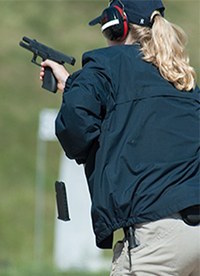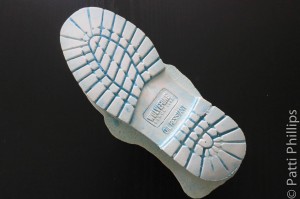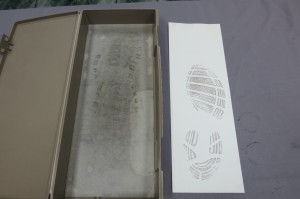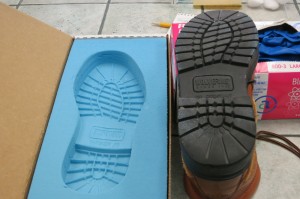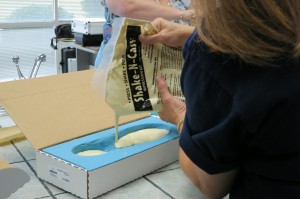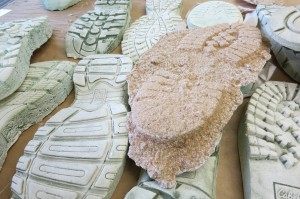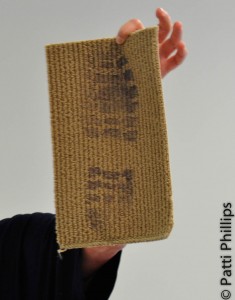
Crime scene investigations have a few terms associated with them that are sometimes misused or misunderstood. Check out some accepted legal definitions.
Robbery or Burglary?
Robbery is a crime where someone takes an item without permission directly from someone else, without any intention of giving it back, and does this by force or threat of force. The wording of the criminal act may differ slightly from State to State.
A burglary occurs when someone enters a home or business illegally, intending to steal an item or commit a felony while inside the building.
While you might think that robbery and burglary are talking about the same act – a theft of your property – they are indicative of different circumstances. In a robbery, someone actually came and took something from you (often face-to-face), perhaps threatening you while demanding your money or cellphone. But, a burglary occurs when you are not present, like a break-in and theft at your house while you’re at work.
Assault or Battery?
Assault and Battery are sometimes used interchangeably but refer to different legal occurrences. Assault is when a person is threatened with attack (someone says they will hit the targeted person), and battery takes place when a person is physically attacked (someone hits him/her).
Battery is the unlawful use of force resulting in the injury of someone else. Battery always includes assault.
Civil or Criminal Cases?
Civil Actions are brought before the court to protect and enforce private rights.
Criminal Law determines what is criminal behavior and sets punishment to be imposed for that criminal behavior. The idea behind criminal law is to prevent harm to society.
Murder or Homicide or Manslaughter?
Homicide is a legal term for any killing of a human being by another human being and is not always a crime. Hearings are held to determine whether shooting deaths are justifiable killings in self-defense. Murder and manslaughter fall under the category of unlawful homicides.
Murder is an intentional killing when it is:
- unlawful (not legally justified), and
- committed with “malice aforethought.”
“Malice aforethought” means that the killer intended to kill someone without legal justification. But, in some jurisdictions, malice aforethought can also be in place if the perpetrator causes the victim’s death during an intentional beating or other reckless disregard for life – even if the original intent had not been to kill, but do bodily harm.
Voluntary Manslaughter occurs when a person:
- is strongly provoked in a situation that could provoke any reasonable person and
- kills in a heat of passion caused by that extreme frustration.
Interesting to note that for the “heat of passion” defense to hold up in court, the person must not have had time to “cool off” after being provoked. Example: a husband comes home to find his wife committing adultery and is so incensed that he kills the lover right then.
But, in that same scenario, if the husband chases the lover out of the house, then buys a gun, and only after a few hours goes to the guy’s house and shoots him, that might be considered premeditated murder. He had time to cool off and consider his options before the shooting.
Involuntary Manslaughter often refers to unintentional homicide from criminally negligent or reckless conduct. It can also refer to an unintentional killing through commission of a crime other than a felony.
Manslaughter convictions often result in prison time, depending on the jurisdiction’s laws, as well as the judge/jury assessment of the circumstances and the credibility of the person on trial.
Determining State of Mind at the time of the alleged crime is an important component to deciding whether unintentional second degree murder or involuntary manslaughter has been committed. In general, the decision centers on whether the defendant has been found ethically responsible.
Deposition or testimony?
During a deposition, witness testimony is given under oath, just not in a courtroom. A deposition is not conducted in front of the Judge or the Jury. Information gathered during a deposition can be used to discover evidence that the opposing side has prior to the trial date.
Testimony given either in court or at the deposition is equally legally bound by perjury laws. You can’t lie under oath without consequence, some quite severe.
Barrister or Solicitor? (in England and Wales)
Up until recently, only barristers had an exclusive right to plead in all English and Welsh courts. Barristers are not paid directly by the clients.
Until recently, clients could only hire (and pay) solicitors, not barristers. The solicitors hire the barristers to represent their clients in superior court (high court) if that step is needed. Solicitors are allowed to represent clients in magistrate or county court. Since 2004, if a solicitor has enough experience, they might be allowed to speak in superior court, but serious criminal or civil cases are much more likely to be handled by a barrister with extensive trial experience.
*Source of murder/manslaughter information: www.nolo.com

